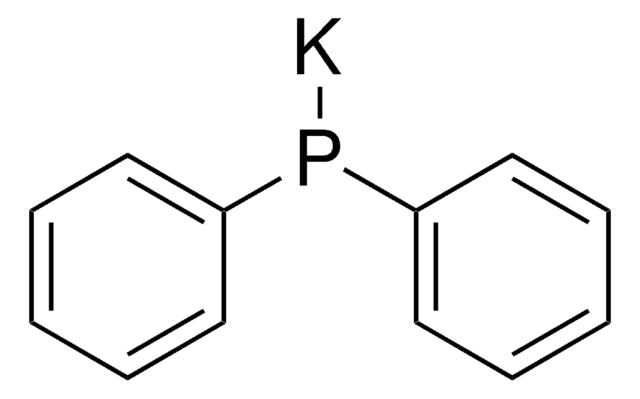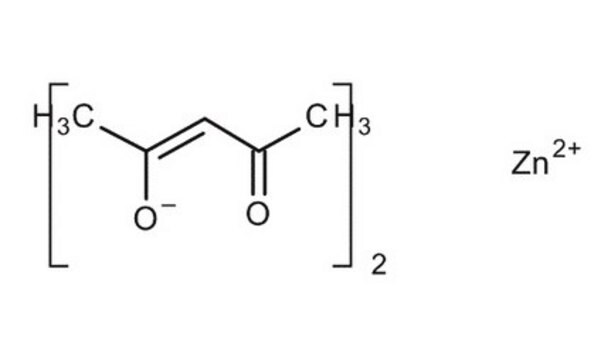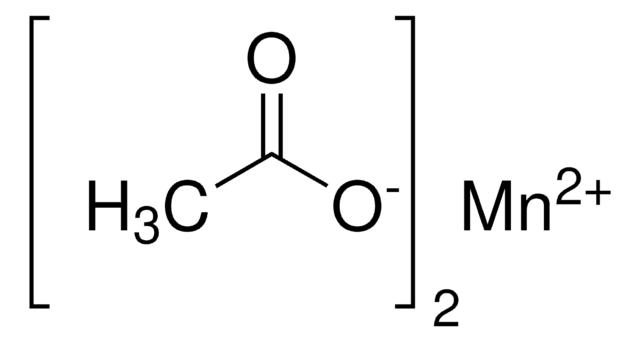383317
Zinc acetate
99.99% trace metals basis
Synonym(s):
Zn(OAc)2
About This Item
Recommended Products
Quality Level
Assay
99.99% trace metals basis
form
solid
reaction suitability
core: zinc
reagent type: catalyst
impurities
<0.2% water
density
1.84 g/mL at 25 °C (lit.)
SMILES string
CC(O[Zn]OC(C)=O)=O
InChI
1S/2C2H4O2.Zn/c2*1-2(3)4;/h2*1H3,(H,3,4);/q;;+2/p-2
InChI key
DJWUNCQRNNEAKC-UHFFFAOYSA-L
Looking for similar products? Visit Product Comparison Guide
General description
For small scale and high throughput uses, product is also available as ChemBeads (927805)
Application
- Synthesis of layered Zn-arylphosphonates with potential application in sorption, ion exchange or catalysis.
- Ultrasonic preparation of zinc sulfide nanoparticles coated on silica particles.
- Synthesis of ZnO/ZnS composites throughion exchange method (1)
- Fabrication of 3D hierarchical ZnO/ZnSheterojunction branched nanowires for enhanced photoelectrochemical watersplitting (2)
- Synthesis of Co3O4-decorated ZnO@ZnS core-shellstructures for efficient photocatalytic overall water splitting (3)
- Synthesis of ZnO photocatalysts (4)
Preparation Note
Signal Word
Danger
Hazard Statements
Precautionary Statements
Hazard Classifications
Acute Tox. 4 Oral - Aquatic Chronic 2 - Eye Dam. 1
Storage Class Code
11 - Combustible Solids
WGK
WGK 3
Flash Point(F)
Not applicable
Flash Point(C)
Not applicable
Personal Protective Equipment
Regulatory Listings
Regulatory Listings are mainly provided for chemical products. Only limited information can be provided here for non-chemical products. No entry means none of the components are listed. It is the user’s obligation to ensure the safe and legal use of the product.
PDSCL
Deleterious substance
PRTR
Class I Designated Chemical Substances
JAN Code
383317-BULK:
383317-100G:4548173142142
383317-VAR:
383317-25G:4548173142159
383317-500G:
Choose from one of the most recent versions:
Already Own This Product?
Find documentation for the products that you have recently purchased in the Document Library.
Customers Also Viewed
Our team of scientists has experience in all areas of research including Life Science, Material Science, Chemical Synthesis, Chromatography, Analytical and many others.
Contact Technical Service












